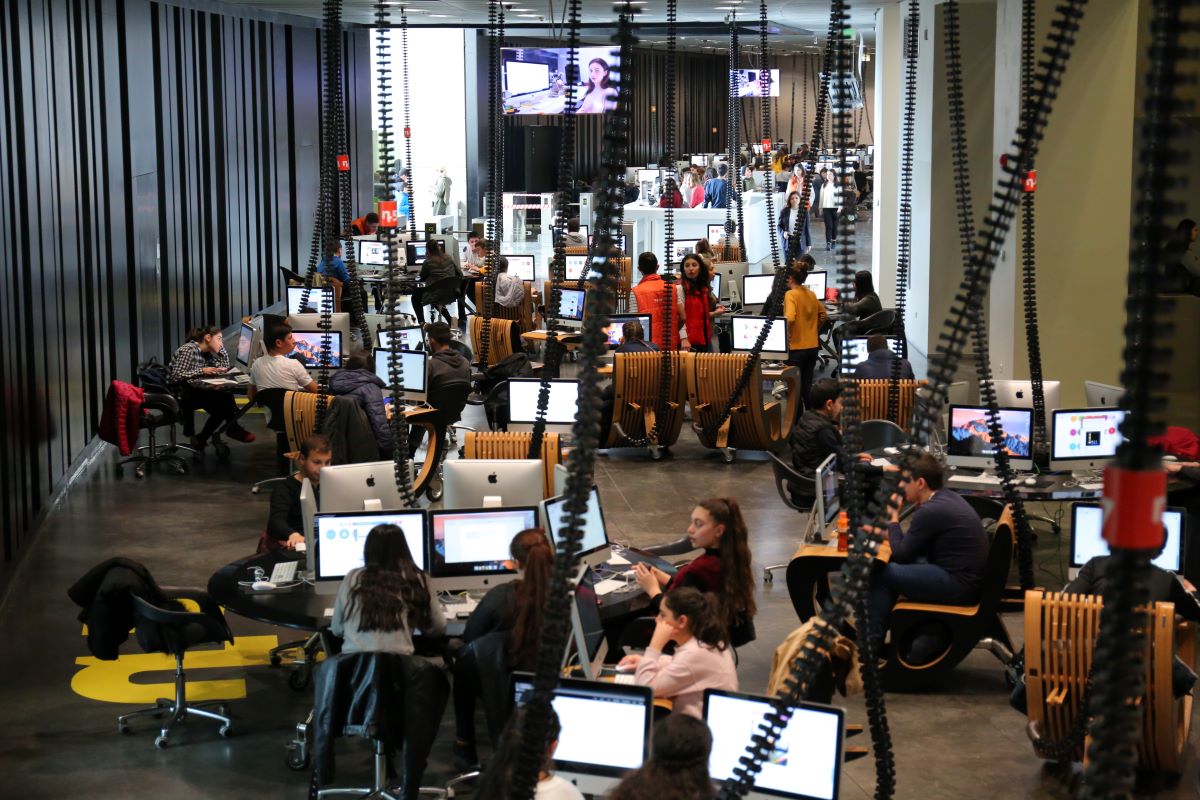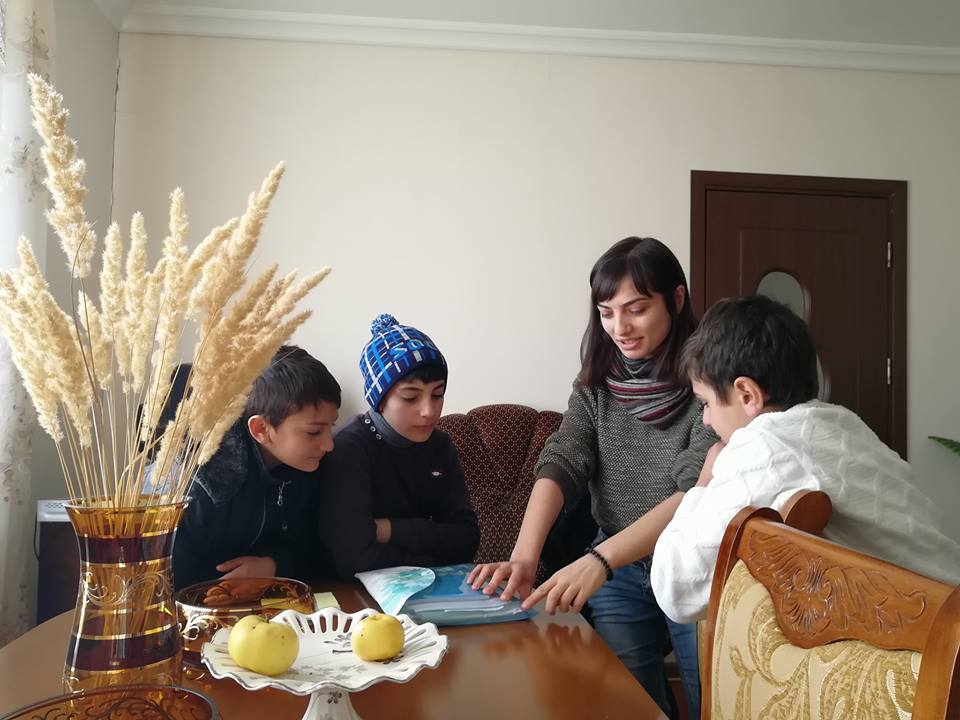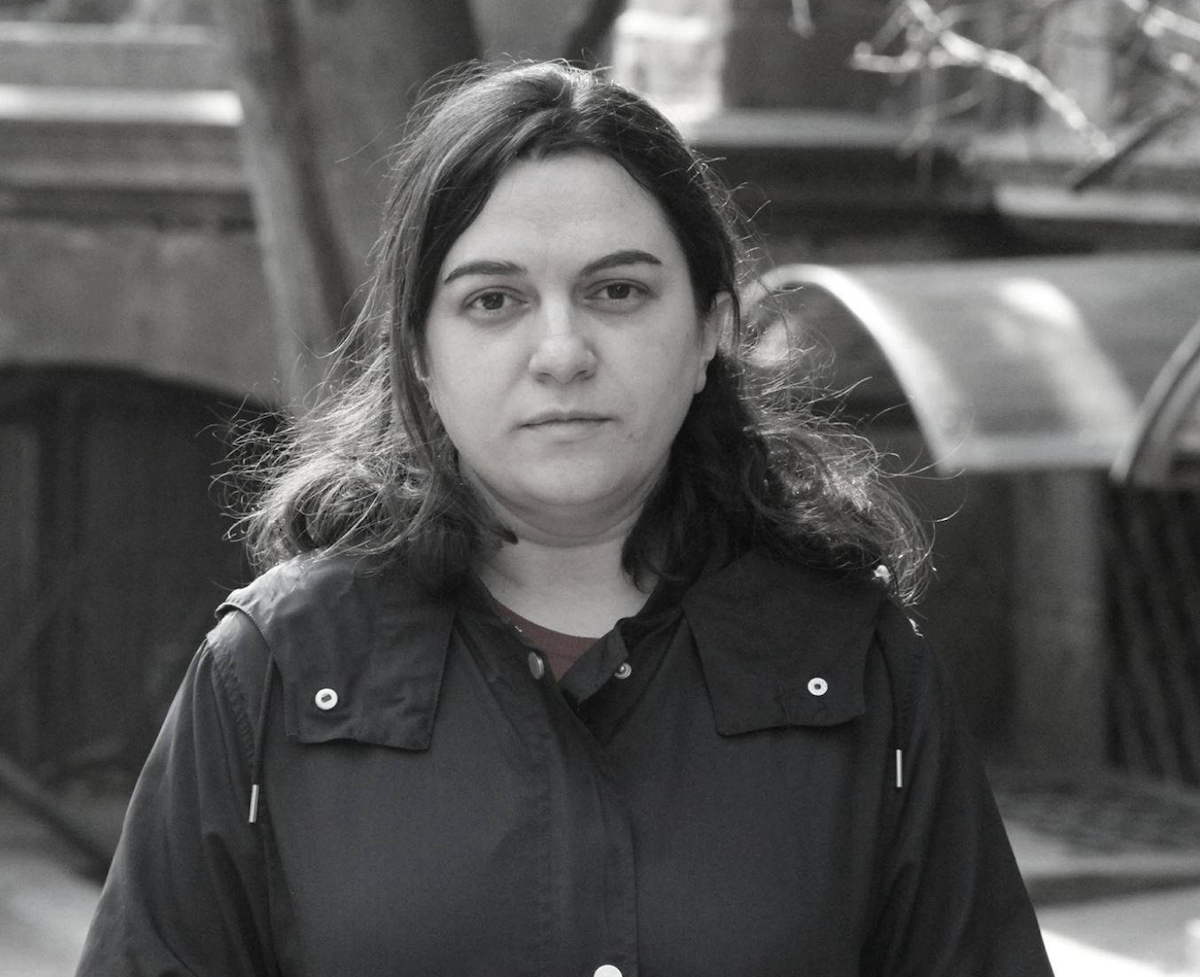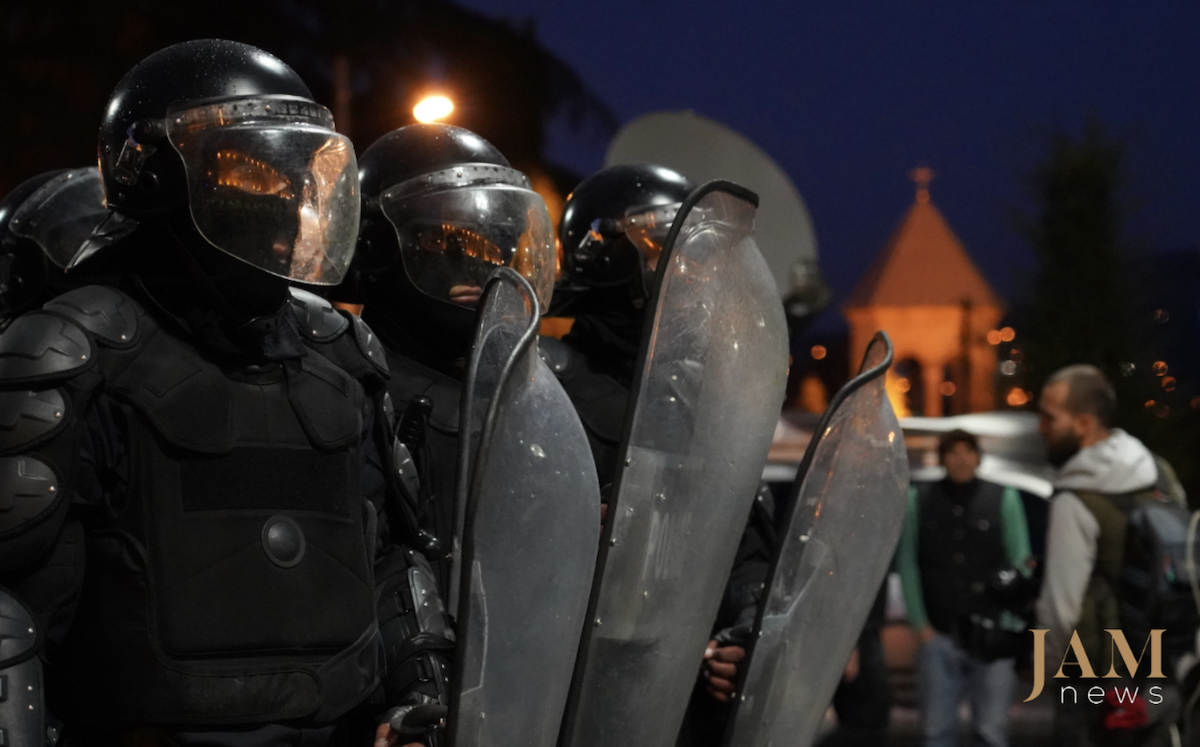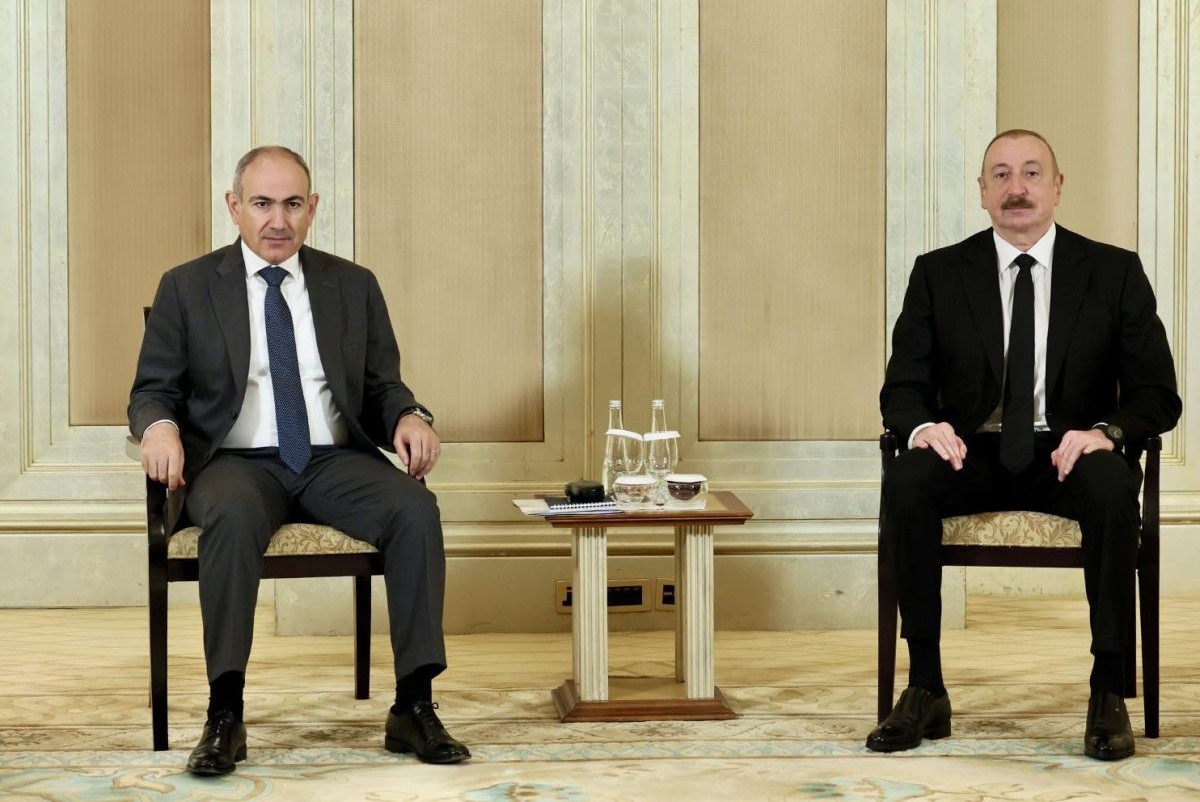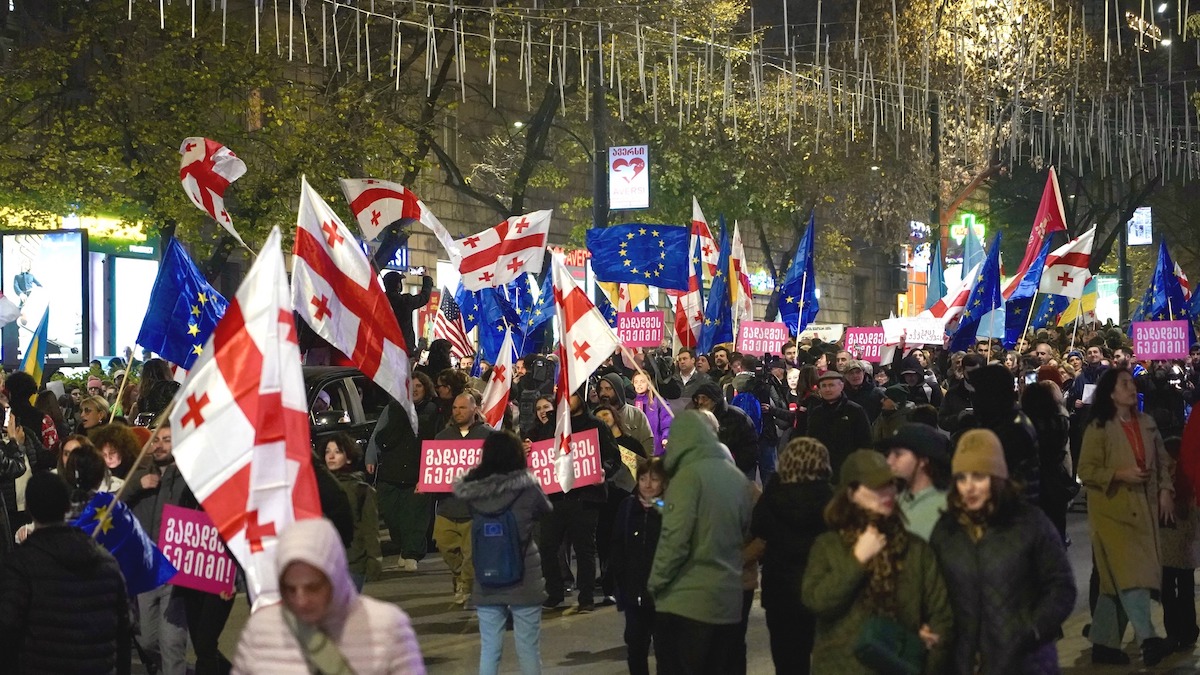Students in Armenia more concerned about quality of education than tuition fees
Tuition fees at Armenian universities
University tuition fees in Armenia are relatively low compared to European countries. Annual fees do not exceed 1.75 million drams (around $4,510). Unlike private schools and kindergartens, there are options to have university tuition partially or fully compensated.
Certain fields of study that are less popular among young people offer tuition compensation upon admission. Both the state and private organisations are willing to fund students in these areas due to a shortage of qualified professionals.
Over the past decade, the number of university applicants in Armenia has dropped significantly, while tuition fees have increased. Following the latest entrance exams, more than 5,000 of the available places at universities remained unfilled. Institutions expected 16,000 applicants — meaning over 30% of places were left vacant. In some fields, there were no applicants at all.
Clearly, young people are no longer chasing university degrees for the sake of it. They’re willing to pay only for high-quality education — something not all local institutions can offer.
- Thousands of vacant university spots in Armenia: What’s the issue and what needs to change?
- “Investments are needed for the ‘resuscitation’ of education in Armenia” – teachers and experts
- Rural school in Armenia where work is part of the curriculum
- How young people in Georgia, Armenia and Azerbaijan see themselves and their neighbors in the region – Video
State is the main sponsor
Albert studies at Yerevan State University. He did well in school and, considering his family’s financial situation, chose a degree programme covered by state funding:
“I was drawn to the natural sciences. But tuition fees at the universities I was interested in started at 600,000 drams ($1,545) and went up to 1.5 million ($3,865). We’re four children in the family, and I thought it would be hard for my parents — they’re almost 60 — to cover those costs.”
On the advice of a schoolteacher, he looked through a list of degree programmes eligible for state-funded tuition and ultimately chose applied statistics and data science — a field he was genuinely interested in.
“I noticed some programmes were state-funded but still didn’t attract a single applicant. My view is: if you really want to study and pursue science, you should take advantage of that. If I later feel it’s not for me, I can always switch. But I’ll already have a solid foundation — and with that, continuing my studies abroad will be much easier,” he says.
He describes the knowledge he’s gaining as “competitive” and the teaching staff as “well qualified.” He’s not worried about his academic foundation — he’s already worked at several tech companies and found the skills he’s learning useful in practice.
“On my own initiative, I took free internships at IT companies. They let me work alongside their senior specialists, and I learned the nuances of the job. You shouldn’t leave everything up to the university. In IT, the environment is friendly — it’s very easy to get an internship,” he says.
Now in his third year, Albert is already receiving job offers — although he still feels there are gaps in his knowledge:
“Right now I’m trying to improve my English — that’s my weak spot. I’ll start working once that’s better. I just think it’s important to separate time for study and work, because in my case doing both at once wouldn’t be effective.”
He says he’s not the only one who’s found ways to overcome financial barriers to education — two of his close friends are also studying for free thanks to scholarships from the Armenian Educational Foundation.
Foundations support high-achieving students
The Armenian Educational Foundation (AEF) is the largest scholarship provider in Armenia. It offers scholarships covering up to 90% of annual tuition fees, with a cap of 720,000 drams (around $1,855). Its aim is to support academically strong students from low-income families.
AEF Executive Director Armine Aroyan says the foundation has funded nearly 6,000 Armenian students over its 74-year history — both in Armenia and abroad (including in the US, Lebanon, Syria, and elsewhere):
“We are the only organisation that maintains contact with its student beneficiaries after graduation. We track their progress and keep key statistics — how many are working in Armenia, how many have gone abroad, what their professions are, where they’re employed, and so on. Moreover, we organise career development events and help students or graduates seeking jobs.”
Aroyan notes that the foundation encourages education in fields important for national development, especially in rural areas — for example, agronomy and teaching, where there is a significant shortage in Armenia’s villages.
The Armenian Relief Fund also provides scholarships to students from socially vulnerable families — again, as partial tuition coverage for those with strong academic performance.
The “4099” Foundation funds the education of students who took part in military operations. Its goal is to “transform the lives of these young people through quality education.” The foundation also designs and runs professional training and retraining programmes for war participants.
The “KASA” Foundation has been offering scholarships since 1998, funding around 20 students each year. A key requirement is that recipients carry out small community-focused initiatives, ideally contributing to the development of their local areas.
State provides funding with no upfront conditions
Organisations that fund students’ education usually work directly with universities, announcing in advance how many students they can support, in which fields, and under what conditions. However, the largest financial contributor is the government, which provides free places at state universities.
For the 2024–2025 academic year, over 6,300 tuition-based places and 271 state-funded places remained vacant after the unified entrance exams. These state-funded spots — known as “state order” places — are fully covered by the government. To attract applicants, the state offered an additional monthly stipend of 75,000 drams (around $193). Even with this incentive, some programmes still failed to attract any interest.
Importantly, the government does not impose strict conditions on students studying under the state order system.
In contrast, foundations like Teach for Armenia attach a key condition to their scholarships: after graduation, recipients must work in their field — often as teachers of subjects like chemistry or physics — in rural or border communities of Armenia.
“We need measurable outcomes”
Education expert Serob Khachatryan views tuition compensation programmes positively — but only from an emotional standpoint. He believes the actual results are unsatisfactory. In his view, when there are no requirements for those receiving funding, the quality of education suffers, becoming a secondary concern for students, parents, and even universities.
At the same time, Khachatryan insists that tuition compensation alone isn’t enough to make higher education accessible to all. For students from the regions, living in Yerevan can cost more than studying:
“Annual tuition may be 400,000–500,000 drams ($1,030–$1,290), but nine months of living expenses can exceed one million drams ($2,580). I believe support programmes must be comprehensive.”
Currently, he says, funding from foundations, various organisations, and the state only addresses social issues. He sees a pressing need to assess the quality and applicability of the education being provided.
Khachatryan points out two key problems with state funding of higher education in Armenia. The first is the amount allocated. By this measure, Armenia ranks 100th out of 134 countries — on par with underdeveloped African nations.
“We’re also 125th in terms of graduate qualification. Ten years ago, we were 123rd. That shows there’s neither proper state funding nor meaningful outcomes.
And despite this, the government changed the funding mechanism, making it more targeted. For instance, the management faculty at Khachatur Abovian Pedagogical University no longer receives state-funded places. State funding is now reserved for faculties training specialised teachers — like chemistry and physics educators,” the expert explains.
He adds that the education system should adopt key performance indicators (KPIs) for better oversight:
“The ministry is already working on this — developing KPIs. These will help determine which areas deserve continued or increased funding, and which should be scaled back, based on results.”










